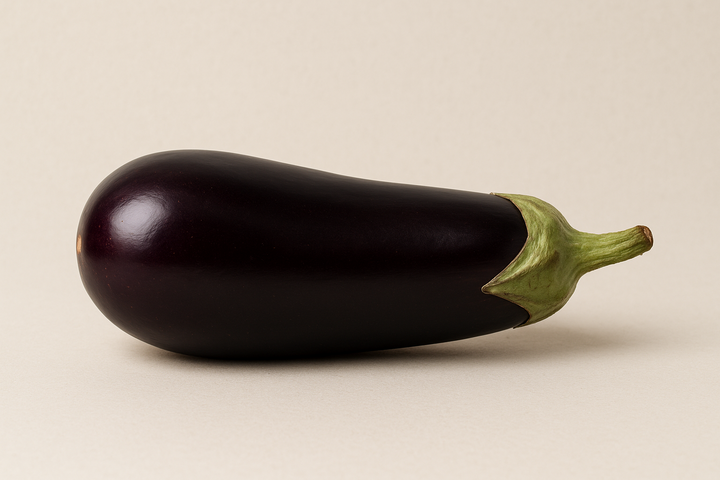Noticing small bumps on your penis can be concerning, but understanding their potential causes is crucial. While many are harmless, some might indicate infections or other health issues. This guide helps differentiate between benign conditions and those needing medical attention, offering advice on when to seek professional help for peace of mind.
Noticing small bumps on your penis can be an unsettling experience, but it’s important to know that this is a common issue many men encounter. While the appearance of these bumps might cause concern, understanding their potential causes can help you address any health concerns appropriately. In many cases, these bumps are harmless, but some could indicate underlying health issues that require attention.
Identifying the Problem
Small bumps on the penis can vary widely in appearance and cause. They might be benign, such as pearly penile papules, or they might signal something more serious, like an infection. Distinguishing between these possibilities is crucial in determining whether medical intervention is necessary. While some bumps are simply natural anatomical variations, others might be symptomatic of infections or other medical conditions that need treatment.
Purpose of This Guide
This post aims to provide a comprehensive guide to understanding the common causes of small bumps on the penis. By exploring potential symptoms and identifying when to seek medical advice, we hope to equip you with the knowledge needed to make informed decisions about your health. Whether the cause is benign or more serious, knowing what to look for and when to consult a healthcare provider is essential for maintaining your well-being.
In the following sections, we will delve deeper into the various causes of penile bumps, ranging from sexually transmitted infections (STIs) to non-infectious conditions. We will also discuss the importance of proper diagnosis and treatment, offering guidance on when to seek professional medical advice. Understanding these factors can help alleviate concerns and ensure that any necessary steps are taken to address potential health issues.
Understanding the various causes of small bumps on your penis is crucial for addressing any concerns you might have about your health. While some causes are benign and require no treatment, others might necessitate medical intervention. This section will explore the common causes of penile bumps, differentiating between those that are sexually transmitted infections (STIs) and non-infectious conditions.
Common Causes of Penile Bumps
Sexually Transmitted Infections (STIs)
One of the primary concerns when noticing bumps on the penis is whether they could be related to an STI. Several STIs are known to cause such symptoms:
- Genital Warts (HPV): These appear as flesh-colored, cauliflower-like bumps. They are caused by the human papillomavirus (HPV) and can vary in size. While they might not be painful, their appearance can be distressing.
- Herpes Simplex Virus: This infection leads to painful, itchy blistering sores. Often, these sores can recur, making herpes a chronic condition that requires management.
- Syphilis: Initially, syphilis presents as red bumps that can progress to open sores. Early detection and treatment are crucial to prevent more severe health issues.
- Molluscum Contagiosum: This viral infection causes dome-shaped, flesh-colored bumps. Although typically harmless, they are contagious and can spread through skin-to-skin contact.
Non-Infectious Conditions
Not all penile bumps are linked to infections. Some are benign and non-contagious:
- Pearly Penile Papules: These small, whitish, dome-shaped bumps are commonly found around the head of the penis. They are a normal anatomical variant and do not require treatment.
- Balanitis: This condition involves inflammation that results in redness, itching, and a bumpy rash. It is often caused by yeast or bacterial infections, particularly in uncircumcised men.
- Allergic Reactions, Eczema, and Psoriasis: These skin conditions can lead to rashes or bumps on the penis. Identifying and avoiding allergens or irritants can help manage these reactions.
Serious Concerns
While rare, some serious conditions can present as bumps on the penis. Penile cancer, for example, should be ruled out if you notice persistent lumps that do not resolve over time. Early detection and treatment are vital in managing such conditions effectively.
Diagnosis and Treatment Approaches
Proper diagnosis is essential for determining the cause of penile bumps and the appropriate treatment. A healthcare provider can conduct a visual examination and, if necessary, recommend lab tests such as STD screenings. Treatment varies based on the underlying cause:
- Hygiene: Maintaining good hygiene can prevent or resolve conditions like balanitis. Regular cleaning and drying of the genital area are key preventive measures.
- Medications: Antifungal or antibiotic creams may be prescribed for infections. For STIs, specific antiviral or antibacterial medications are available.
- Observation: Benign conditions, such as pearly penile papules, typically require no treatment. However, monitoring for any changes is advisable.
Understanding the potential causes of small bumps on your penis can help alleviate concerns and guide you in seeking the right medical advice. If you notice any new, unexplained, persistent, or painful bumps, it’s essential to consult a healthcare provider for an accurate diagnosis and appropriate treatment. Taking proactive steps can ensure your well-being and peace of mind.
Understanding the various causes of small bumps on your penis is crucial for addressing any concerns you might have about your health. While some causes are benign and require no treatment, others might necessitate medical intervention. This section will explore how to differentiate between these conditions and when it is essential to seek medical advice.
Distinguishing Between Benign and Serious Conditions
Identifying the nature of the bumps on your penis involves observing their characteristics and associated symptoms. Benign conditions like pearly penile papules are typically small, whitish, and dome-shaped, and they are located around the head of the penis. These are normal anatomical variations and are not a cause for concern.
In contrast, bumps caused by sexually transmitted infections (STIs) like genital warts or herpes simplex virus may present as painful, itchy, or blistering sores. These symptoms often require medical evaluation and treatment. Additionally, conditions like balanitis, characterized by redness, itching, and a bumpy rash, may indicate an infection that needs addressing.
When to Seek Medical Advice
It is vital to consult a healthcare provider if you notice any new, unexplained, persistent, or painful bumps on your penis. Early diagnosis can help determine the cause and appropriate treatment, especially for conditions that could have serious health implications, such as STIs or, in rare cases, penile cancer.
For individuals who are sexually active, awareness and testing for STDs are crucial steps in maintaining sexual health. Regular check-ups can help identify and address any issues promptly, ensuring peace of mind and overall well-being.
Frequently Asked Questions
What are pearly penile papules, and should I be worried?
Pearly penile papules are common, benign, non-contagious bumps that often appear around the penis head. They are normal anatomical variants and usually require no treatment.
Can STIs cause bumps on the penis?
Yes, several STIs, including HPV (genital warts), herpes simplex, and syphilis, can cause bumps or sores on the penis. It’s important to seek medical evaluation for proper diagnosis and treatment.
What should I do if I notice bumps on my penis?
If you notice new, persistent, or painful bumps, it’s best to consult a healthcare provider for an accurate diagnosis and appropriate treatment.
Are all penile bumps contagious?
Not all penile bumps are contagious. Conditions like pearly penile papules are benign and non-contagious, while others, such as those caused by STIs, can be contagious.
How can I prevent bumps on my penis?
Maintaining good hygiene, practicing safe sex, and being aware of any skin changes can help prevent bumps. Regular check-ups with a healthcare provider are also recommended.
Understanding the potential causes of small bumps on your penis can help alleviate concerns and guide you in seeking the right medical advice. Taking proactive steps can ensure your well-being and peace of mind.




